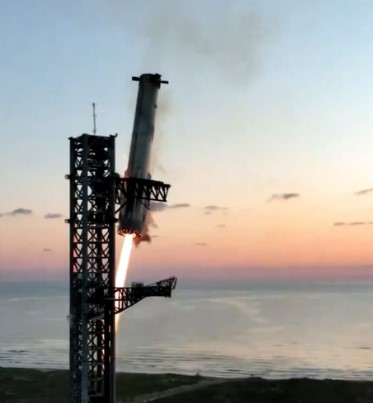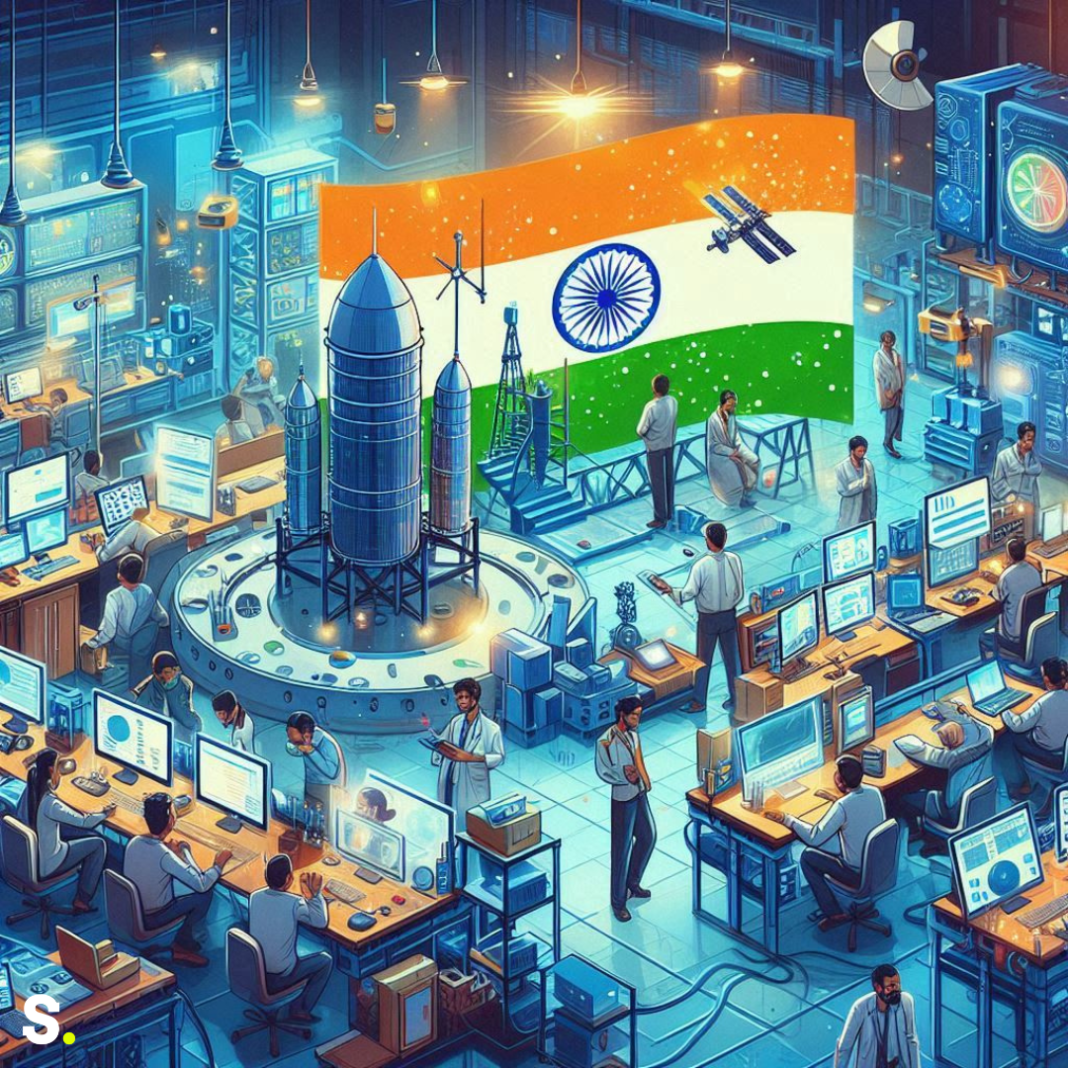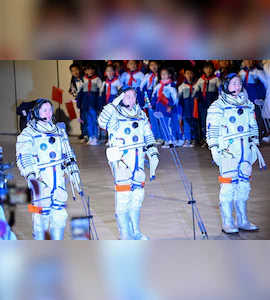SpaceX has recently achieved a remarkable milestone in the world of space exploration with its innovative rocket recovery system known as Mechazilla. This tall, striking structure plays a crucial role in the landing of SpaceX’s Starship rocket and represents a significant leap forward in reusable rocket technology. The development of Mechazilla not only showcases SpaceX’s commitment to advancing aerospace engineering but also sets a new standard for how rockets can be recovered after missions.
What is Mechazilla?
Mechazilla is a large rocket-catching structure located at SpaceX’s Starbase in South Texas. Towering at 400 feet, it is equipped with two enormous mechanical arms that have been cleverly nicknamed “chopsticks.” These arms are specifically designed to catch the Super Heavy booster as it returns to Earth, offering a new method of recovery that is both efficient and reusable.
The idea behind Mechazilla is to revolutionize how rockets are recovered after their missions. Traditionally, rockets would either land on solid ground or splash down in the ocean, often leading to wear and tear. In contrast, Mechazilla aims to catch the booster midair, minimizing the damage and allowing for quicker refurbishment for future launches.
Elon Musk, one of the key figures behind SpaceX, once explained the mechanics of Mechazilla. He described it as a custom-built tower with arms capable of catching the largest and heaviest flying object ever created, the Super Heavy booster, which weighs about 250 tons. This is no small feat, considering the booster descends at more than half the speed of sound. The design is not just about catching the booster; it’s about doing so safely and effectively, ensuring that the rocket remains intact for future missions.
How Mechazilla Works
The operation of Mechazilla involves several key steps, all carefully designed to ensure the successful recovery of the Super Heavy booster. The following explains how it works:
Launch and Ascent
The SpaceX Starship rocket and its Super Heavy booster are launched at the start of the procedure. The rocket travels along a precisely calculated path as it rises into space in order to reach its target altitude.
Booster Separation
The Super Heavy booster separates from the Starship’s upper stage when the rocket reaches a certain altitude. This separation is a critical moment, as it allows the upper stage to continue its journey while the booster prepares to return to Earth.
Controlled Descent
The booster starts to descend back to Earth after separation. During this phase, it uses precision thrusters to control its path, ensuring that it lands at the correct location. In order to line the booster with the Mechazilla structure, the controlled fall is essential.
Catching the Booster
As the booster approaches the landing site, Mechazilla’s giant arms move into position. The booster hovers briefly, allowing the arms to catch it in midair. This catching mechanism is designed to ensure a safe and controlled landing, preventing damage to the booster and making it ready for refurbishment.
This new method of rocket recovery is groundbreaking. By catching the booster instead of letting it land on a solid surface, SpaceX is significantly reducing the wear and tear that typically occurs during traditional landings. This means that the boosters can be reused more often, which is a crucial step toward making space travel more sustainable.
Why Mechazilla is Important for SpaceX
The development of Mechazilla holds several important advantages for SpaceX and the future of space missions. The Super Heavy booster’s decreased wear and tear is one of the main advantages. Traditional landing methods can lead to extensive damage that requires time-consuming repairs. However, by utilizing Mechazilla to catch the booster, SpaceX can minimize damage and keep its rockets in better condition for subsequent launches.
Furthermore, the turnaround time required to get the booster ready for its subsequent mission is much reduced by this novel recovery technique. Instead of spending weeks or months repairing a booster after a traditional landing, SpaceX can quickly refurbish and reuse the caught booster. This efficiency is vital in the fast-paced world of space exploration, where the demand for frequent launches is growing.
Additionally, Mechazilla contributes to a reduction in the overall cost of space missions. By streamlining the recovery process and increasing the reusability of rockets, SpaceX can offer more cost-effective launch services. This reduction in costs is not just beneficial for SpaceX; it also paves the way for more organizations and countries to participate in space exploration.
The success of Mechazilla is a significant advancement in aerospace engineering. It marks a new era in how rockets are recovered and reused, allowing for more frequent and cost-effective space missions. As SpaceX continues to refine this technology, it opens up new possibilities for the future of space exploration. The achievements of Mechazilla demonstrate SpaceX’s commitment to pushing the boundaries of what is possible in space travel, and it could reshape the landscape of aerospace for years to come.




